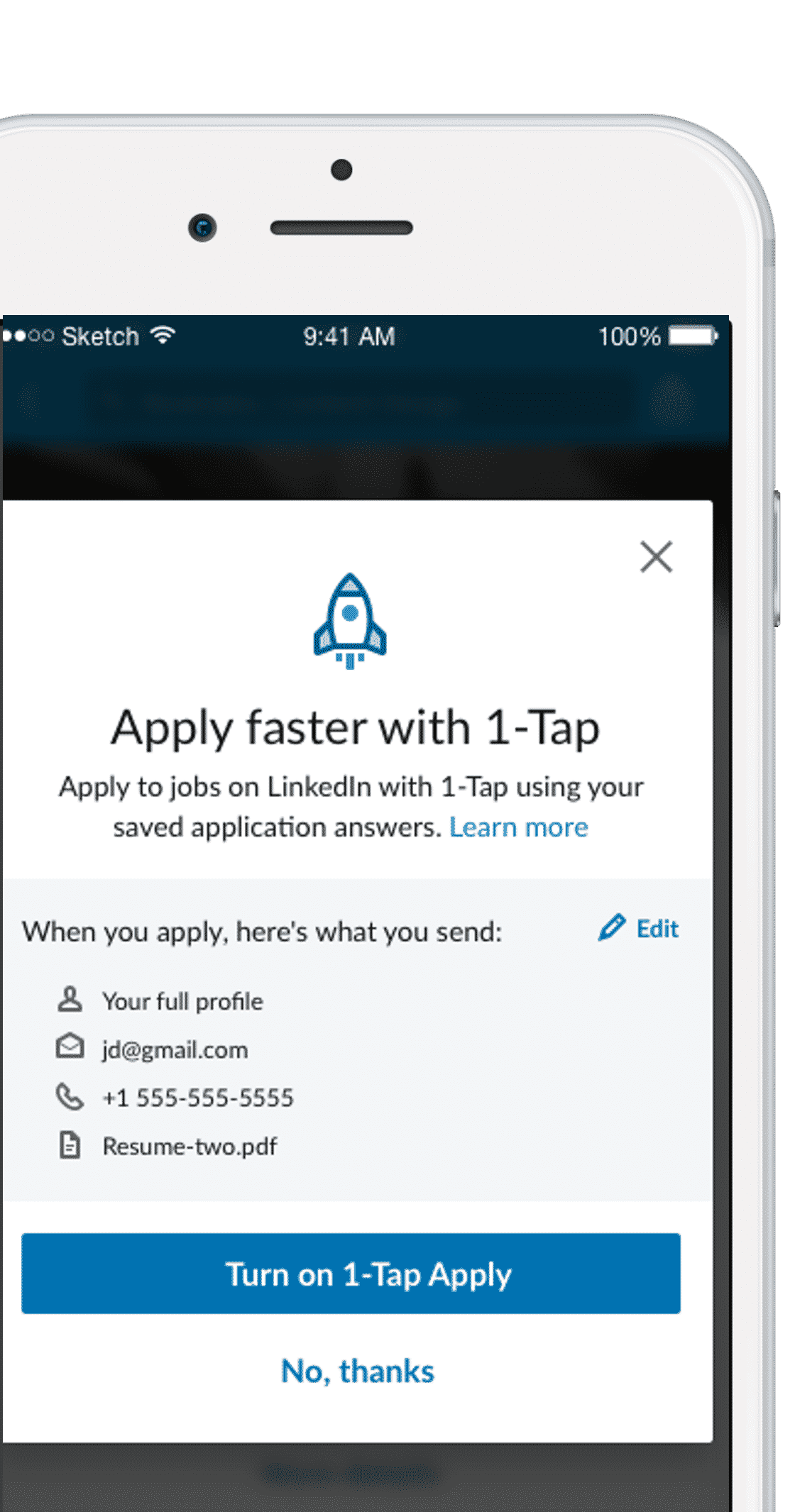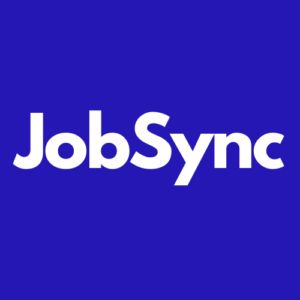
Do you use “Native Apply” solutions like Indeed Apply on job platforms and job sites you use to source candidates? If not, you are likely missing 75% or more of the applicants you should be getting from your job listings.
The research is out there, conversion rates on ATSs are as low as 1%. Meaning, 99 out of 100 people you get to go to your ATS do not convert into an applicant. You are paying for those visits … sometimes, you are paying for them to view your job on the job platform before they even visit your ATS. As the saying goes, there is a better way!!
But, it’s not just “more” applicants that you are missing out on. You are in fact missing out on the BEST applicants. All of this results in increasing time to offer, time to start date, and disgruntled hiring managers.
The bottom line is that most people inside of direct employers, staffing firms, agencies and RPOs don’t realize the extent of the problem. Too often, the call for a “better candidate experience” is focused on the user interface of the corporate career site and the stories of current employees. While these things matter, what is really important to candidates is to be treated like a human … A HUMAN!!
Being treated like a human starts with being treated by the Talent Acquisition team the way those on the TA team would want to be treated. Who wants to fill out long forms? Who wants to get bounced from site to site? Who wants to fill out a CRM collection form, only to fill out the same form again on another site? Who wants to be asked to log in to a service they have never seen before? The answer to these questions and so many others is simply NOBODY!!
So, what is Native Apply? In short, it is the Amazonification of job sites, as they transition from being Job Boards and aggregators to being Platforms, just the same way that companies have transformed into platforms in messaging, eCommerce, Travel, finance, news, and many other verticals.
Rise of Platforms
20 years ago, the internet was dominated by Portals. Portals like Yahoo, Lycos, and the home page of every ISP were organized lists of links that directed you to websites where you could go do things. That started to change between 10 and 15 years ago, and today, the online world is dominated by Platforms. According to Martin Kenney, professor of community and regional development at the University of California, Davis and John Zysman, co-director of the Berkeley Roundtable on the International Economy at the University of California, Berkeley, “Companies such as Amazon, Etsy, Facebook, Google, Salesforce, and Uber are creating online environments that enable a wide range of peer to peer activities. This opens the way for radical changes in how we work, socialize, create value in the economy, and compete for the resulting profits.” Companies and industries are now faced with an ever-present challenge of how to engage with current and new platforms. Business will need to change and adapt to this new platform based economy approach and understand how to leverage platforms to do business. In addition to this, business needs to learn to leverage how platforms are engaging their users and by increasing their “stickiness” and permeating a number of industries from banking to HR. This leads to new opportunities for business to engage with new audiences as platforms expand their offerings to their users.
One of the ways to understand how this shift to platforms has and will impact online recruiting is to look at examples of shifts that have occurred in the past and the outcomes. One industry that had to change how they were doing business due to the impact of travelers’ behavior online was the hotel industry. There are a number of similarities between traveler acquisition in the past and present and candidate acquisition today and what it will be in the future.
Learning from the Travel Industry
Over the last 20 years the hotel industry has experienced a shift in how they reach travelers in order to impact bookings and overall sales. In the early part of the 21st century hoteliers spent a good deal of marketing dollars talking to customers directly encouraging them to book directly online or through a call center. There was hesitation to list on an OTA (online travel agency), like Expedia, because of the revenue share many times lost to those bookings. What created a material impact on this choice was something called the “billboard effect”. According to Chris Anderson Ph.D., assistant professor at the Cornell School of Hotel Administration, “The billboard effect involves a boost in reservations through the hotel’s own distribution channels (including its website), due to the hotel’s being listed on the OTA website.” It has been found that customers can visit as many as 38 sites prior to booking. By listing their hotel on OTA sites, hotel brands are able to get in front of the customer during these searches, and in return receive an increase in direct sales in addition to the sales received on the OTA site. By increasing visibility on OTAs hotel brands were able to increase their direct sales.
This “billboard effect” dynamic is present in many industries, including the HR space. According to Randstad, “To land today’s top candidates, talent sourcing strategies must target qualified job seekers in the places where they’re looking for employment opportunities.” This is not dissimilar to how hoteliers learned that having their hotel presence on all sites increased their direct bookings along with the incremental increase from the other booking sites. Similarly, to find quality candidates jobs need to be surfaced where they are spending their time and that is on platforms. But what exactly is a platform? And why is it different?
What is a platform? Why are they important?
We are all familiar with LinkedIn. LinkedIn has really cornered the market on creating a meaningful experience in a profound way for the business community. For every visit to LinkedIn a person spends almost 6 minutes on the site. It has become the “go to” for candidate and passive candidate searches. And, why? Because it is where companies can find people who have backgrounds and experiences they are looking for and be able to open a dialogue because people are engaged in LinkedIn and open to relevant business conversations. LinkedIn created the business digital community and the interactions many times are around new business opportunities and the transactions are in dollars and cents with closed business deals or in the acquisition of a new candidate. But LinkedIn is just one platform. Remember that travelers spent time on 38 different sites before booking their travel plans? Well candidates spend their time on other platforms as well. It is that time on platforms other than LinkedIn that is important.
In any given day people spend over 6 hours online. Google, Facebook, YouTube and Amazon are platforms placing in the top 10 for people’s time online. Two of the four currently have free job distribution opportunities. Chances are you may be using one but not both of them. Notice LinkedIn was not mentioned. Why? It doesn’t rank in the top 10. LinkedIn doesn’t even make the top 20. What if expanding into other platforms like Facebook could have a significant impact on candidate acquisition? Possibly equal or better than LinkedIn? Randstad also found in their recent study half of managers have found the most promising candidates via social media and over half of Gen Z candidates (58%) and millennials candidates (59%) use social platforms when looking for work.
Facebook is a platform that can’t be ignored
Currently 66% of companies use Facebook. However, a company page on Facebook is just the beginning. Your Facebook company page should include a jobs page and a feed of your most current jobs allowing for Facebook users to use the Native Apply directly through Facebook. This is even more important when determining a passive candidate strategy because according to the Jobvite Job Seeker Nation Study, “Social job seekers are younger, wealthier, more highly educated and more likely to be employed full-time.” Platforms like Facebook can leverage their extensive data to surface the right job at the right time to the right passive candidate. Now is the time to take advantage of this free opportunity to enhance your passive candidate strategy and leverage the free Native Apply tool provided by Facebook.
A lesson on Native Apply
If you are not familiar with Native Apply it is the apply tools native to a particular site that provides candidates with a simplified application experience leveraging a candidate’s profile. Native Apply tools remove the friction many times involved in the application process and create a highly sought-after candidate experience on any size screen always optimized for mobile. Some of the most popular Native Apply tools are Indeed Apply, LinkedIn Apply and newcomers like Facebook Jobs. All of these tools do the heavy lifting when it comes to a candidate’s application. When clicked a recruiter receives a complete profile of the candidate along with answers to custom questions related to the specific job. Why is Native Apply important? Why not just link back to the hosted job page? It’s simple. Amazonification.
Where did Native Apply come from? Amazonification.
Candidates in many cases have become Amazonified and want the Amazon experience- one click and done. In other words, buy anything anywhere with one click and free shipping– in every online transactional experience. Amazon invented the 1-click experience in 1999 and it became one of the key solutions to solve for abandon carts. An abandoned cart is the term given to online shoppers who add items to their cart and do not complete the sale. Similarly, in the job space we experience application abandonment when a potential candidate does not complete the apply process.
Back in 1999, Amazon figured out if they could make the shopping experience much easier with a one-click and done they would improve their buyers experience and have less abandoned carts and happier customers. They were right. Fast forward to today and Amazon is the number one online retailer. By delivering on that experience Amazon does not only hold the distinction as the number 1 online retailer they also have 50% of the market. The one-click invention by Amazon was so powerful it is one of the main contributors to Amazon’s domination in the ecommerce space.
A simplified online experience is permeating everywhere. Platforms, like LinkedIn, Facebook, and Indeed have stood up and taken notice. When they have an opportunity to provide a Native Apply experience leveraging a candidate’s profile…READ MORE on Medium.com


